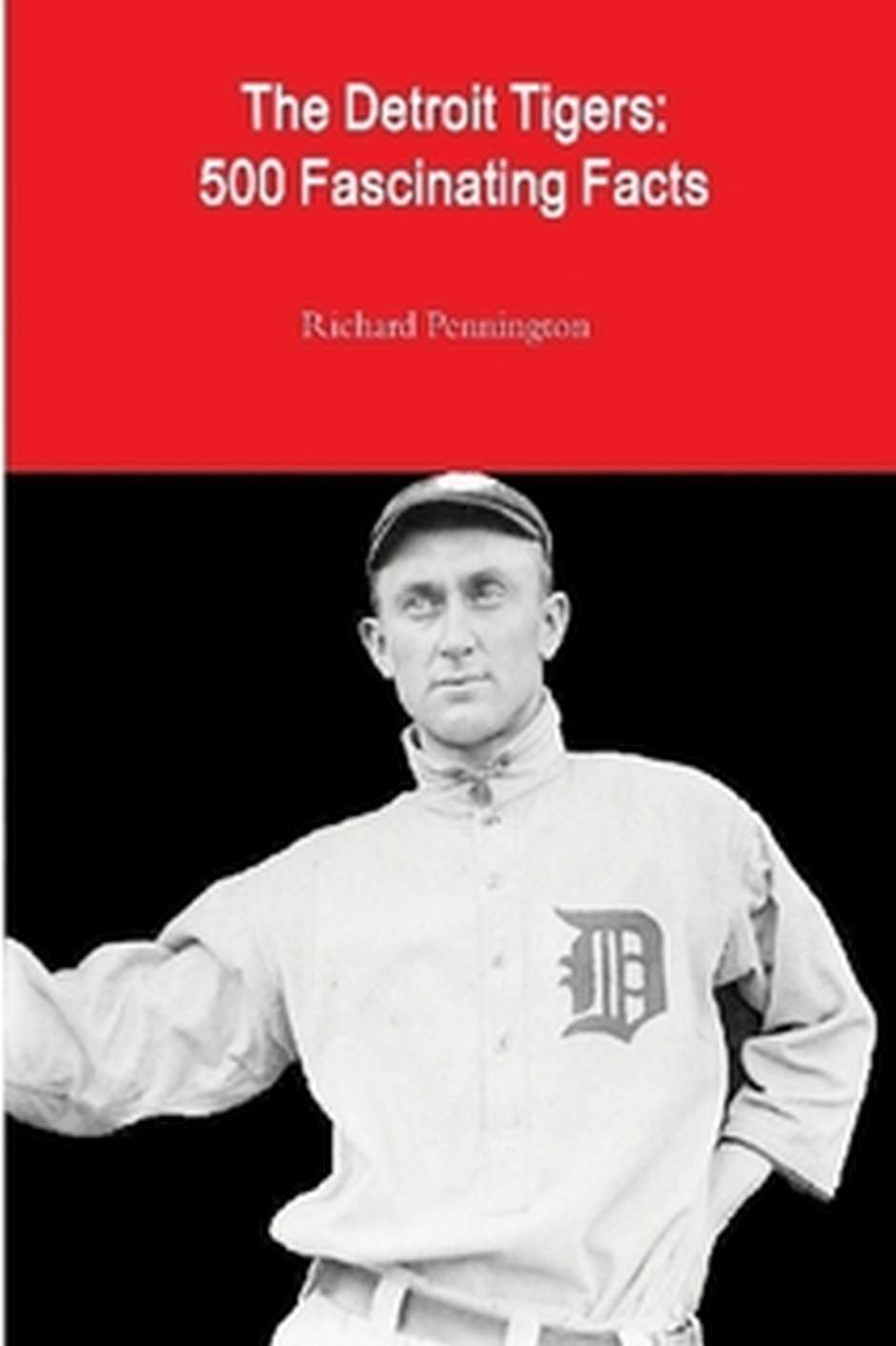Description
My life certainly changed when I moved to Korea in November 2007. No longer did I adhere to the illusion that writing enough Trivia Teasers books would somehow sustain me. At first, I did no writing other than occasionally adding to an informal for-my-eyes-only piece about my experiences and feelings, begun during a layover in the Seoul airport before heading down to Daegu. After a few months, however, I decided to fill up some spare time by writing an another sports history book. Furthermore, I would use essentially the same Q&A format I had mastered with the Red Sox, Yankees, Broncos et al. The Wisconsin idiots had no patent on that, so I was going forward. The team on which I focused was the Detroit Tigers, with whom I felt some connection due to the time I had spent in southeastern Michigan in the 1970s. I attended a few games at Tiger Stadium and always pulled for them. I liked the Old English D on their home uniforms, as well.
As with every book I have ever written, I only realize how little I know once I delve into a subject. My knowledge of Tigers history really did not go back much farther than the 1968 World Series, which took place during my sophomore year in high school. That’s not completely true since I was aware of the greatest Tiger of them all, Ty Cobb. His hard-eyed visage can be found on the cover of the book. I called this series 500 Fascinating Facts, and Cobb is nothing if not fascinating. The Georgia Peach spent 22 seasons in Detroit, finishing up with the Philadelphia A’s. During his career, he set some 90 records—including batting average, hits, at-bats, stolen bases and runs scored. When the Baseball Hall of Fame was begun in 1936, Cobb got more votes than any other player including Babe Ruth. Biographers and filmmakers have focused on the daring with which he played the game, and fights with opponents, teammates and whoever else crossed his path. Cobb has been painted as a cheap, hate-filled racist, but he could also be generous and kind. When integration came to major league baseball in the 1940s, he welcomed the change.
The manuscript was complete and—I thought—some publisher would be getting a quality product. I signed a contract with an Oregon-based agent named Chip MacGregor who set out to place it with the right publisher. He tried and tried, but the global economy turned sour in late 2008 and Chip had more trouble than expected. In fact, he failed and had to give up with many apologies.
What, then, was I to do? Far too much effort had been expended in researching and writing about the Detroit Tigers to just let it sit on the shelf, never seeing the light of day. Fortunately, a long-distance discussion with a friend, Ricky Westchester, was fruitful. He informed me about a print-on-demand publisher named Lulu.com. It is not ideal, but at least my books are being printed and published, with ISBN numbers and all. This is possible primarily because of advances in technology, and I prefer being in control of my books. I can say what I want to say, design the cover myself and not be subject to the whims of a managing editor and his or her boss. In this case, I decided to tell the history of the Detroit Tigers in my own way. I think it turned out well.


Reviews
There are no reviews yet.